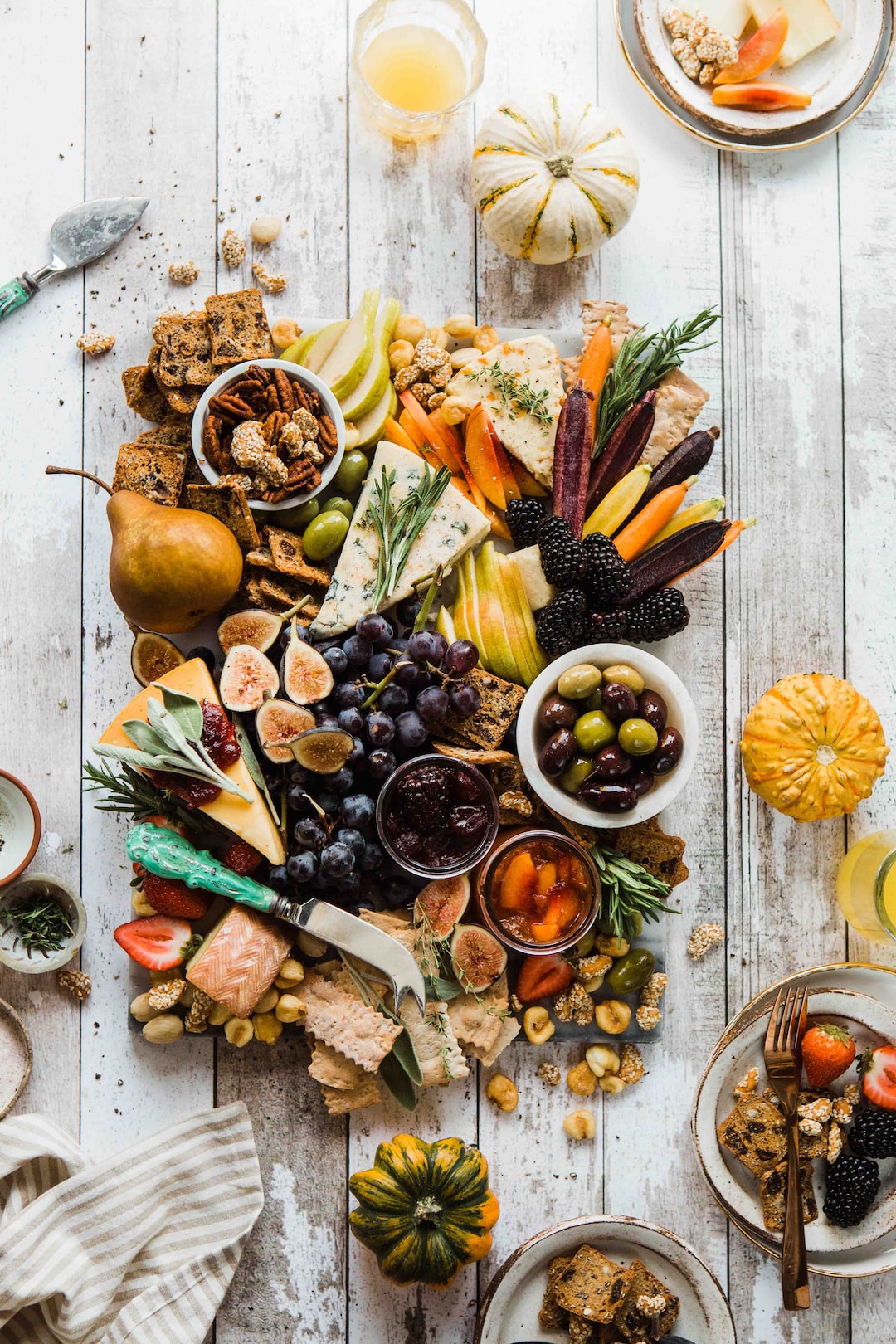Baking with Gluten-Free Flours: Tips for Delicious and Fluffy Results
The popularity of gluten-free baking has soared in recent years, as more and more people are adopting gluten-free diets due to health concerns or personal preferences. However, baking without gluten can be quite challenging, as gluten is the protein responsible for structure and elasticity in traditional baked goods. Fear not, though! With the right tips and techniques, you can create delicious and fluffy results when baking with gluten-free flours.
1. Choose the Right Flour Blend:
One of the first things to consider when baking gluten-free is the type of flour blend you will use. There are many options available, including rice flour, almond flour, coconut flour, and tapioca flour, among others. Experiment with different blends to find one that works best for your recipes. A common gluten-free flour blend is a combination of rice flour, potato starch, and tapioca flour. This blend tends to be more versatile and provides a good texture in a wide range of baked goods.
2. Add Binders and Stabilizers:
Since gluten-free flours lack the elasticity and structure that gluten provides, it’s essential to add binders and stabilizers to your recipes. Common binders include xanthan gum and guar gum. These ingredients help to improve the texture and hold together the ingredients in gluten-free mixtures. Start with a small amount, like 1/2 teaspoon per cup of gluten-free flour, and adjust as needed for your specific recipe.
3. Measure Accurately:
Accurate measurement is crucial when it comes to gluten-free baking. Unlike traditional wheat flour, which can be more forgiving, gluten-free flours have different weights and textures. Use a kitchen scale to measure your flours and other ingredients by weight for the most accurate results. If you don’t have a scale, make sure to spoon the flour into your measuring cup instead of scooping it directly from the bag to avoid packing it down too much.
4. Increase Moisture:
Gluten-free flours can absorb more liquid than traditional wheat flour, so it’s essential to add extra moisture to your recipes. You can achieve this by increasing the amount of fat, using ingredients like almond milk or coconut milk instead of regular milk, or adding an extra egg. This will help prevent your baked goods from becoming dry and crumbly.
5. Use Leavening Agents:
Gluten-free flours tend to be denser and heavier than wheat flour, so using the right leavening agents is essential for achieving fluffy and light baked goods. Baking powder and baking soda are commonly used leavening agents in gluten-free recipes. Make sure they are fresh and not expired to ensure optimal results.
6. Incorporate Air:
Since gluten-free dough is often stickier and denser, it’s essential to incorporate air into your batter to achieve a lighter texture. Whisk your dry ingredients thoroughly before combining them with the wet ingredients to make sure they are evenly distributed. Additionally, beat your eggs separately until they are light and frothy before adding them to the batter. This will help incorporate air and create a fluffier result.
7. Allow for Extra Time and Temperature:
When baking with gluten-free flours, it’s crucial to allow for extra time and adjust the temperature accordingly. Gluten-free batters may require more time to cook than their gluten-filled counterparts. Keep an eye on your baked goods as they bake and use a toothpick or cake tester to check for doneness.
Gluten-free baking can be a bit challenging at first, but with practice and these tips in mind, you’ll be well on your way to creating delicious and fluffy gluten-free treats. Don’t be afraid to experiment and adjust recipes to your taste. Happy baking!
